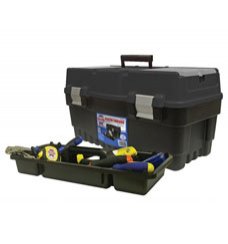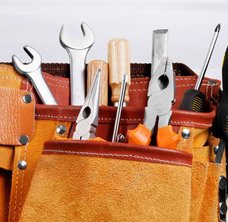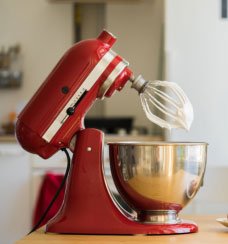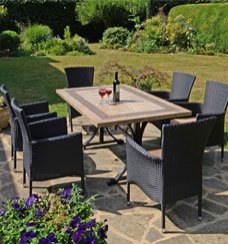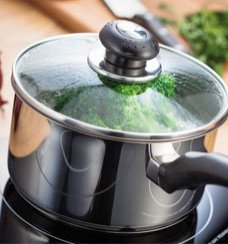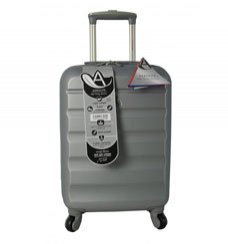|
DIY
Shop Now
|
How to Cook the Perfect Egg
How do you like your eggs in the morning?
Are you a fan of fried? Proponent of the poached? Perhaps you're a sucker for scrambled? Do you believe that boiled is best? Or are you obsessed with omelettes?
Whichever is your favourite, egg enthusiasts unite... Here we'll show you how to cook the perfect egg this Easter.
How to cook the perfect fried egg
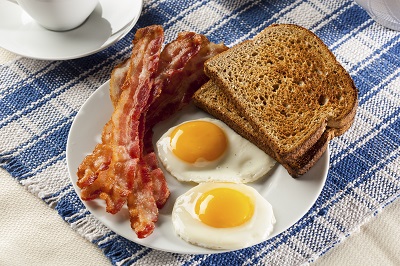
First things first, in order to cook the perfect fried egg, you'll need a good quality frying pan. If possible, go for a non-stick option that will enable your eggs to easily slide out of the pan onto your plate without breaking or getting stuck.
- Heat your pan on a medium to low heat, and add a knob of butter.
- As the butter melts, swirl the pan around to ensure the surface is coated with butter.
- Crack your eggs into the pan. As the pan continues to heat the butter, the eggs will begin to change colour – particularly the whites.
- If the eggs start to spit, turn the heat down to prevent them from cooking too quickly and becoming crispy on the outside.
- Once the egg white is set and the egg is still runny, use a spatula to slide the eggs out of the pan onto your plate.
- Garnish with a pinch of salt and a twist of black pepper.
How to cook perfect poached eggs
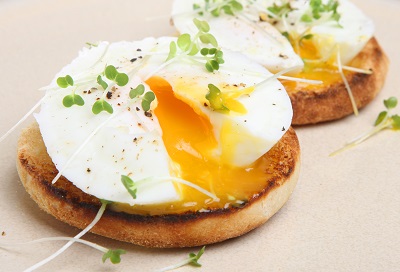
Many people struggle to master the poached egg. But when you get it right, it's a delight. There are few finer sights than cutting into the firm white of a poached egg and watching the glorious yellow yolk lap across your plate.
To poach an egg using a traditional method of cooking, follow these steps:
- Crack each egg into a cup, and add a splash of malt vinegar.
- Bring a pan of water to the boil. Once the water is boiled, stir it gently in a slow circular motion.
- Gently drop your eggs into the water, and then turn off the heat altogether.
- Leave the eggs to poach for around 4-5 minutes, and then remove them from the pan with a slotted spoon and serve.
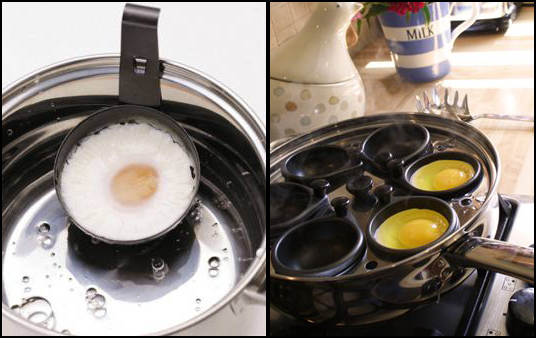
It can take a few attempts before you get it exactly right, but it's worth the effort. If you do struggle, you can make life easier for yourself by using these egg poacher cups (pictured above, left). They simply clip onto the side of the pan, holding the egg together so that it cooks evenly in the water.
Or you might want to try an egg poacher pan (picture above, right). This contains removable non-stick pods to hold the eggs, which are then suspended over the heated water in the pan below. Ideal if you can't seem to get the traditional poaching method to work!
How to cook the perfect scrambled eggs
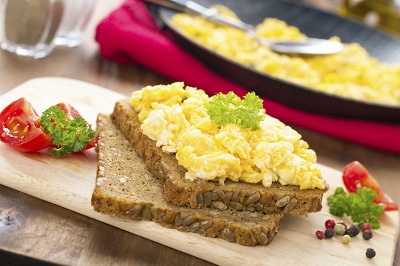
Timing is critical when you're cooking scrambled eggs. You want them to be cooked thoroughly, but if you leave them on the hob for just a few seconds too long, they can easily overcook.
Again, a non-stick saucepan is a good idea as scrambled eggs can get stuck to regular pans fairly easily.
- Crack the eggs into a bowl and gently whisk. Season with a pinch of salt.
- Heat a pan over a medium to low heat, and melt a knob of butter.
- Once the butter has melted, add the eggs to the pan and leave to cook for a few seconds.
- Gently stir and fold the eggs, and then let them cook for a few seconds longer.
- Stir every few seconds, keeping the egg from sticking to the bottom of the pan.
- When the eggs are set but still slightly moist and runny, remove from the heat and serve, seasoned with some black pepper.
How to cook the perfect boiled egg
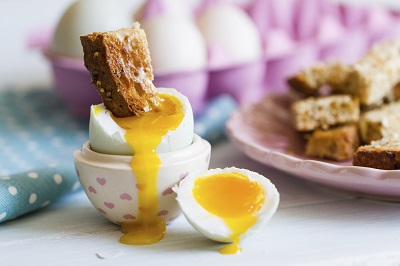
Another one that takes a bit of trial and error is the boiled egg. It'll depend on how you want to eat it. If you prefer them hard boiled in a salad, you'll need to cook them for a bit longer.
But our favourite is the classic runny yolk boiled egg and soldiers. Although they're called boiled eggs, it's actually best if you cook them at a point just below boiling – more like a strong simmer.
- Place your eggs into a saucepan, and add cold water. The eggs should be covered by about 2.5 cm (1 inch).
- Place over a medium to high heat, and heat until simmering well. Then start timing. You can use an egg timer to ensure you get the timing spot on.
- Simmer the eggs over the heat for 3 minutes, and then remove from the water and place into an egg cup.
- Use a spoon to crack and remove the top of the egg, and serve with bread or toast soldiers.
If you prefer your eggs a little more well cooked, simmer for 4 minutes. For a hard boiled egg, try five minutes.
Can't seem to get it right? No worries – try this electric egg boiler which has different settings allowing you to cook to varying degrees of hardness. Perfect boiled eggs every time!
How to cook the perfect omelette
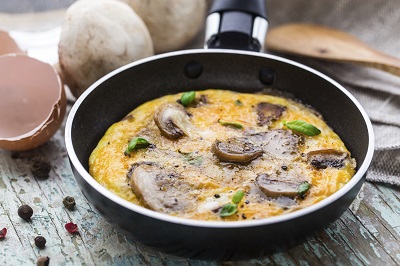
Omelettes are a quick and easy dish for any meal time. Perfect as a breakfast food to set you up for the day, a wholesome lunch, or a simple dinner when you don't want to spend all evening in the kitchen.
They're delicious plain, but the great thing is that you can change it up and fill your omelette with your favourite foods, so that it never gets boring. Try a ham and cheese combination, or what about a tasty mushroom omelette, like the one in the image above?
- Crack 2 or 3 eggs into a mixing bowl, season with a pinch of salt and pepper, and beat well using a fork.
- Heat a frying pan over a low heat, and melt a knob of butter in the pan.
- Add the eggs to the pan, and swirl the pan to spread the eggs out evenly.
- Cook gently, and use a spatula to lift up the sides of the omelette to keep it from sticking to the pan.
- While the centre of the omelette is still runny and cooking, add any toppings or fillings. Fold the omelette over and continue to cook until the bottom is golden brown.
- Remove from the heat and slide onto your plate to serve.
What are your tips?
These are our top tips for cooking the perfect egg... But what do you think? If you reckon you've perfected the ideal egg using a different technique, please let us know; we'd love to try it!


